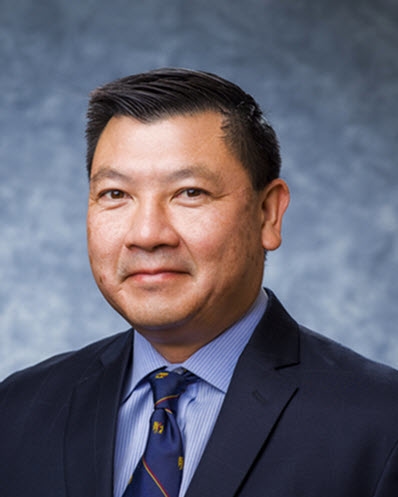Trigger Finger Release
Orange County’s Expert Hand Surgeons
What is Trigger Finger?
Trigger finger, medically known as stenosing tenosynovitis, causes a finger or thumb to be stuck in a permanently bent position or catches when you bend and straighten your finger – keeping you from being able to do activities you want to do – everything from buttoning up a shirt to playing the guitar. The ring finger and thumb are most often affected by trigger finger. When the thumb is affected, the condition is called “trigger thumb.”
Trigger finger occurs when inflammation narrows the sheath that surrounds the tendon in the affected finger or thumb.
Causes of Trigger Finger
Trigger finger is most commonly seen in people who have jobs or hobbies that require repetitive hand use and prolonged gripping such as musicians, farmers or industrial workers. People with arthritis or diabetes are also more at risk of having trigger finger. Trigger finger is more common in women and may be a complication associated with carpal tunnel syndrome surgery.
Trigger Finger Symptoms
Symptoms of trigger finger may follow a period of heavy hand use, particularly gripping or grasping activities.
Symptoms of trigger finger may include the following:
- Finger stiffness, particularly in the morning
- A popping or clicking sensation as you move your finger
- A tender bump at the base of the affected finger on the palm side of the hand
- Finger catching, popping or locking sensation with finger movement
- Finger locked in a bent position, which you are unable to straighten
- Pain when you bend or straighten the affected finger or thumb
Treatment for Trigger Finger
Your hand surgeon will recommend conservative treatment options to treat trigger finger symptoms. If conservative treatment options fail to resolve the condition and symptoms persist for 6 to 12 months, your hand surgeon may recommend surgery to release the tendon.
Nonsurgical Treatment for Trigger Finger
In most cases, nonsurgical treatment can relieve trigger finger symptoms. Conservative treatments include the following:
- Rest: Resting your hand and avoiding activities that aggravate your finger may help to resolve the condition.
- Splinting: Wearing a splint for a few weeks at night to keep the affected finger or thumb immobilized may resolve mild cases of trigger finger.
- Ice: Icing the affected finger can decrease inflammation and dull pain. An ice or cold pack can be applied for 5 to 10 minutes every few hours.
- Medications: Non-steroidal anti-inflammatory drugs (NSAIDs), such as ibuprofen, can help relieve pain and inflammation.
- Steroid injections: A cortisone injection is a common treatment that reduces inflammation at the affected tendon.
Trigger Finger Surgical Treatment for Trigger Finger
In severe cases when trigger finger doesn’t respond to conservative treatment, surgery may be necessary to release the “stuck” finger. The decision to pursue surgery is based on how much pain or loss of function you have in your finger. The surgery for trigger finger is called “tenolysis” or “trigger finger release.”
During surgery, a small incision is made in the sheath, where the tendons pass. Cutting the tendon sheath to widen the space around the tendon as it passes through the sheath. Additional removal of thickened tendon lining and other surrounding tissue may be necessary. This allows the tendon to slide more easily through the sheath. The surgery helps restore the affected finger or thumb’s ability to bend and straighten without pain or stiffness.
Following surgery, most people are able to move their fingers immediately. You should expect to heal from trigger finger release surgery within about 6 weeks. Hand therapy is necessary to increase strength, flexibility, and to reduce stiffness.
Trust the Hand Surgeons at Newport Orthopedic Institute
Our board-certified, fellowship-trained Orange County hand surgeons are skilled at treating Trigger Finger.
Trigger finger can impede your quality of life.
Call Newport Orthopedic Institute at
(949) 722-7038.
Find a Hand Surgeon




